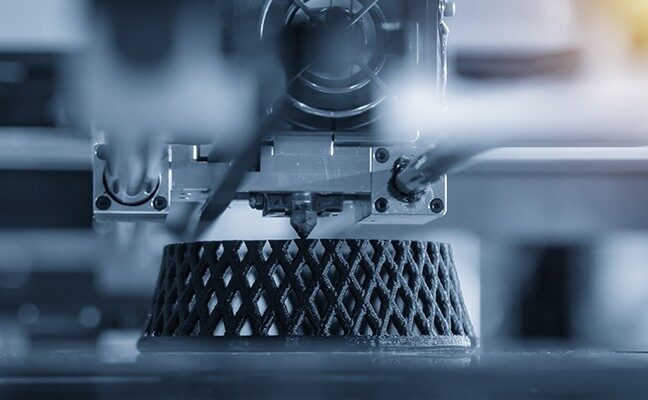
Designing the Future with 3D Printing Technology – 3D printing technology has changed the way we produce a variety of goods, from toys to medical devices and even homes. With 3D printing, we can create three-dimensional objects from digital designs using materials such as plastic, metal, and even living cells. This technology has opened up new opportunities to create products that are faster, cheaper and more efficient.

Is there any benefit in 3d technology
However, the benefits of 3D printing technology are not just limited to the production of physical goods. This technology can also be used to create innovative solutions and accelerate progress in various fields, including in the architectural design, medicine, and manufacturing industries. Designing the Future with 3D Printing Technology
Architectural Design
In architectural design, 3D printing technology allows architects to create more complex and intricate structures in a shorter time. Using this technology, architects can speed up the prototyping process and test various designs before selecting the most effective model. In addition, 3D printing technology also allows architects to create buildings that are more energy efficient and environmentally friendly.
For example, a construction company from the Netherlands, Van Wijnen, has used 3D printing technology to build eco-friendly households in Eindhoven. They create building parts in modular forms which are then assembled quickly and efficiently on the building site. In less than a day, they managed to build a house using 3D printing technology.
Medical
In the medical field, 3D printing technology can be used to create solutions tailored to patient needs. In this case, this technology allows doctors to create 3D models of human organs that can be used to plan operations or even create prototypes of artificial organs according to patient specifications.
For example, researchers at Tel Aviv University managed to create a human-made heart using 3D printing technology that printed human cells and biological materials. Although still in the development stage, this discovery could open up opportunities to create artificial organs with materials compatible with the human body and reduce the risk of rejection by the body.
Manufacturing Industry
In the manufacturing industry, 3D printing technology enables manufacturers to create parts quickly and efficiently. In conventional production processes, spare parts often require quite a high time and cost to manufacture. In 3D printing technology, parts can be printed quickly and in the right quantity